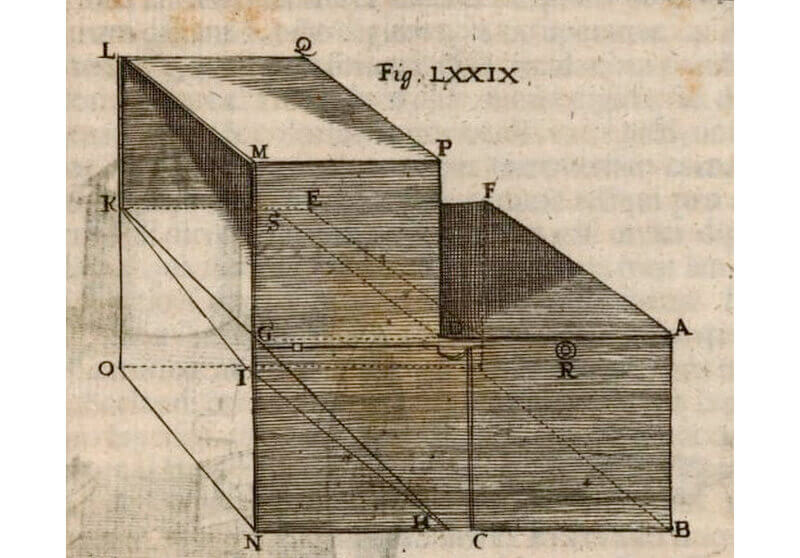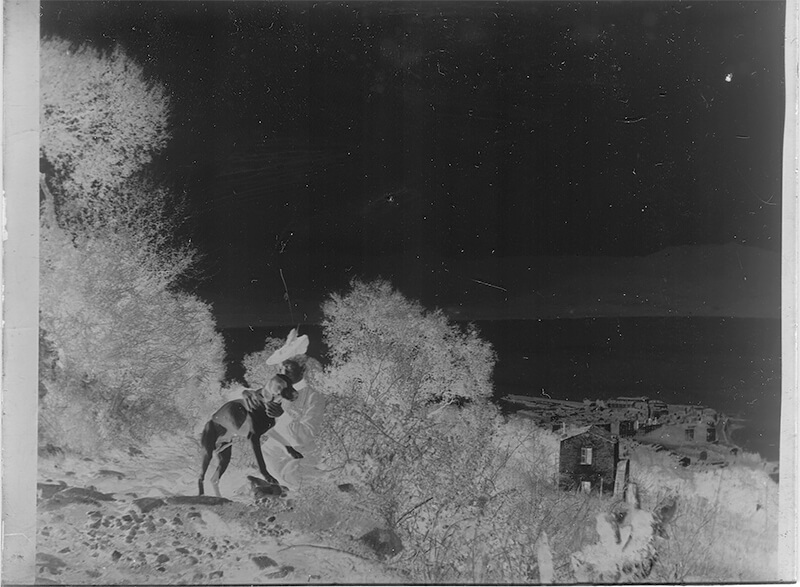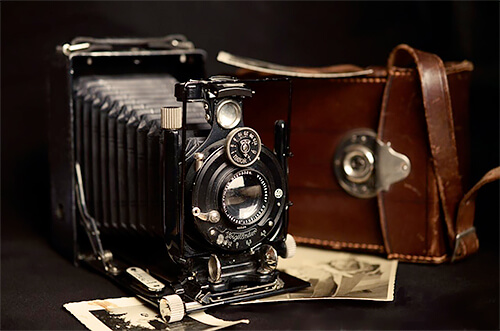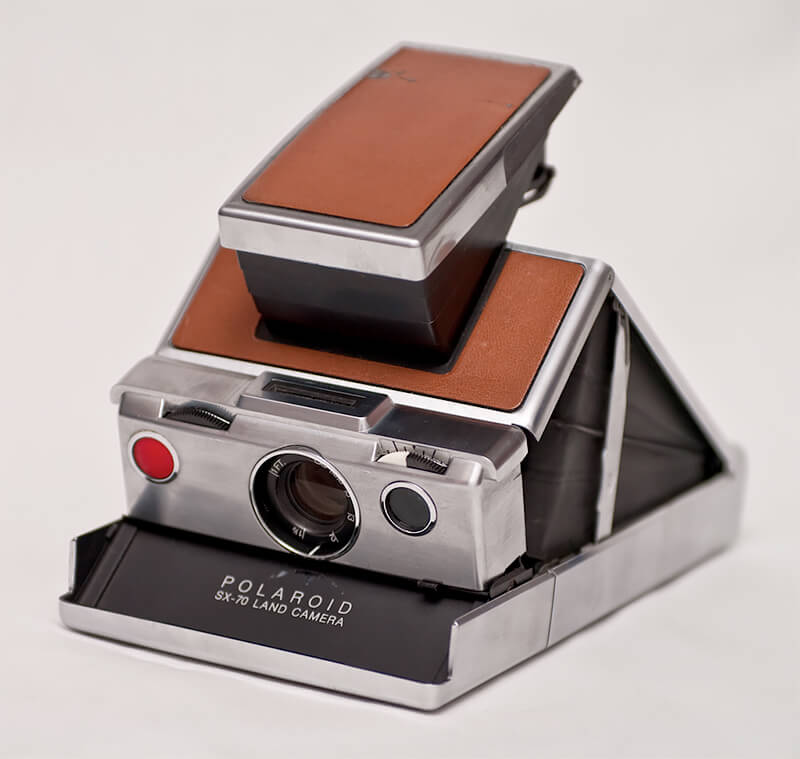tataHow many photos are there on the planet? How many photos does humanity make every day? A wedding photographer today may take as many shots in one busy day as his or her counterpart in the 1880s took during an entire year. The history of photography is an amazing journey into the past that begins when there was no electricity and no lens.
Modern camera
So far, humanity has taken around four trillion photographs. We use cameras every day, not only to memorialize special moments in our lives, but also in advanced technological processes. Photos and cameras have changed our lives significantly. When traveling or moving to another country, it offers our friends and relatives back home an instant visual connection to our new surroundings. When memorizing information, it serves as an instant notepad. Camera usage has gone way beyond its initial purpose which was simply to capture reality.
Painters are first photographers
Evolution of photography began when people started painting realistic masterpieces to capture nature, animals, cities, faces, and their surroundings as a whole. The first camera by this definition came into being at the time of Plato in ancient Greece. The first attempt to catch the moment proceeded with the so-called
camera obscura. It is a camera that has no film inside-it has nothing but a wall with a small hole. The light that shone through the hole created an image on the wall behind it, and this image became the foundation of the modern cameras we use every day.

Illustration of a portable camera obscura device from Johann Sturm's Collegium experimentale, sive curiosum (1676)
Somewhere between the years 1200 and 1600, a group of scientists discovered a variety of silver-containing chemicals, and came up with silver nitrate. They had made the discovery that silver nitrate was photosensitive. The study of all these years was structured and formed in an official way by Wilhelm Holmberg in 1694. He successfully named it the
photochemical effect.
Daguerreotype
People began expanding on Holmberg's research at the turn of the 18th century, developing their own methods and research. They put a lens to the hole in the wall and conducted other experimental research in this direction. A major figure to come out of this new age of image making research was Joseph Niepce. In 1826, he came up with the idea for the permanent photograph. It required eight hours of work to take the very first photo. Thirteen years later, his successor discovered daguerreotype. It allowed the process to go from 8 hours to just a few minutes. For that time, these photos were referred to as plates.
Dry plates by Kodak
John Herschel invented the glass negative some time later, in 1839. An interesting fact to consider is that since the photo took around two minutes, sitting people had to use a special brace to help support their head as it staying in one place for so long. It helped in keeping it still and steady for the better picture. This is where the history of portrait photography started. Ten years later the Kodak camera invented dry plates, creating a massive development apparatus known as dark rooms. Researchers from
customwriting can provide you with an essay of Kodak history.

Scanned photographic plate by Romary, unknown photographer
Fifteen years after Hershel's innovation, George Eastman developed dry gel on paper, which changed the history of photo industry forever. It was a predecessor to film that was in standard use for the following 50 years. This was the time that Kodak created its famous slogan, You press the button and we do the rest.
First 33mm film
The first 33mm camera was invented in 1924. This moment revolutionized photography forever. For the first time in the history of photography, the camera was so small and light that any person could put it into their pocket. The next breakthrough took place in the year 1949 when the first single lens reflex (SLR) camera appeared. Very fast, it became the standard for professional photographers.
Digital era
Since that moment, things began developing very quickly. The first Polaroid camera appeared in 1963; 1985 is marked in a calendar with autofocus, and the 1990s opened the digital era. Since film was no longer necessary in the digital area anymore, Kodak stopped producing film cameras in 2004. Soon after, the camera was equipped for videos.
Bottom line
The history of photography features many fascinating stories and many various experimental and pretty pictures from the past. The invention not only relieved painters of backbreaking work, but also changed visual reality. It is important to acknowledge all the ways that the picture is a representation of a moment in the past. The phenomenon changed the mindset of many writers, poets, composers, and other people of that time.
About the Author
Ryan Bronson has been writing since he was fifteen. He loves writing and gathering information. As a child, he wrote stories that were published in the local school paper. After graduating from college, Ryan continued writing. These days, he focuses more on developing content strategy at
Elizabethanauthors. For Ryan, writing is an important part of life. He makes sure that everything that she writes is informative and interesting.




